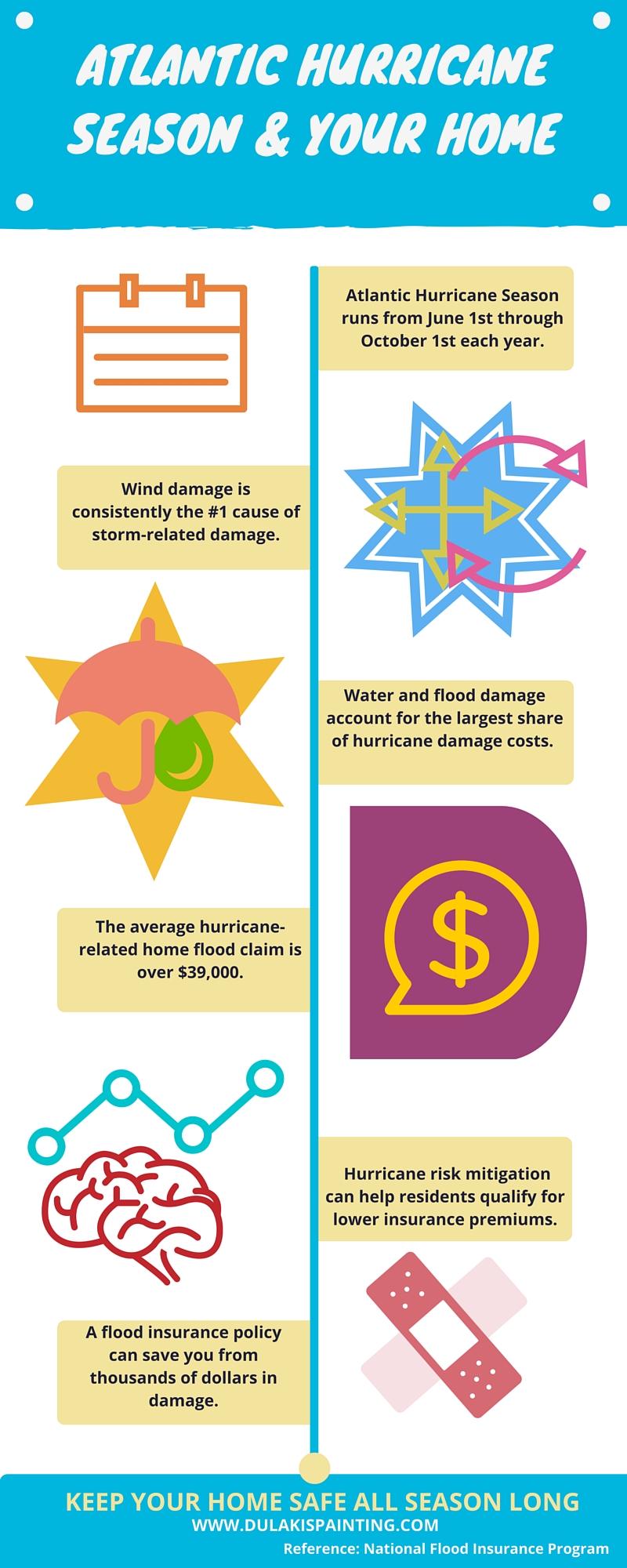Discover Just How Seasonal Impacts Can Impact The Efficiency Of Industrial Exterior Paint And Learn The Most Favorable Times To Ensure Durable Results For Your Task
Discover Just How Seasonal Impacts Can Impact The Efficiency Of Industrial Exterior Paint And Learn The Most Favorable Times To Ensure Durable Results For Your Task
Blog Article
Content By-Aguilar Rosendal
When you're preparing a business outside painting project, seasonal variables can make or damage your results. You'll want to think about exactly how temperature level and humidity effect paint application and drying out times. Selecting the ideal season can ensure your paint adheres effectively and lasts much longer. Yet which seasons are genuinely the very best for this sort of job? Let's discover the crucial elements that can impact your job's success.
The Impact of Temperature on Paint Application
When you're intending an industrial outside painting project, the temperature can significantly affect exactly how well the paint sticks and dries out.
Ideally, you wish to repaint when temperature levels vary in between 50 ° F and 85 ° F. If it's as well chilly, the paint might not heal properly, causing problems like peeling off or splitting.
On the other side, if it's too warm, the paint can dry as well quickly, stopping proper bond and causing an uneven coating.
You must additionally take into consideration the time of day; early morning or late afternoon offers cooler temperature levels, which can be more positive.
Constantly inspect the producer's referrals for the certain paint you're using, as they frequently provide guidance on the excellent temperature level array for ideal results.
Humidity and Its Effect on Drying Times
Temperature level isn't the only ecological factor that influences your industrial outside painting job; humidity plays a substantial function too. High moisture levels can reduce drying out times substantially, impacting the general high quality of your paint task.
When the air is saturated with dampness, the paint takes longer to cure, which can bring about issues like inadequate bond and a greater danger of mildew growth. If you're repainting on a particularly humid day, be gotten ready for prolonged wait times between coats.
It's important to keep an eye on neighborhood weather and strategy as necessary. Ideally, aim for humidity levels in between 40% and 70% for optimal drying out.
Keeping these consider mind guarantees your job stays on track and delivers a lasting surface.
Best Seasons for Commercial Exterior Painting Projects
What's the best season for your commercial external painting jobs?
Spring and very early fall are commonly your best bets. During these periods, temperature levels are mild, and humidity degrees are typically lower, creating suitable problems for paint application and drying out.
Stay clear of summer season's intense heat, which can cause paint to completely dry also swiftly, leading to poor bond and surface. In a similar way, winter's chilly temperatures can impede appropriate drying and curing, running the risk of the longevity of your paint task.
Go for days with temperatures in between 50 ° F and 85 ° F for optimum results. Remember to check the neighborhood weather prediction for rainfall, as wet conditions can spoil your job.
Preparation around these aspects guarantees your painting job runs smoothly and lasts much longer.
Conclusion
In conclusion, preparing your commercial external paint tasks around seasonal factors to consider can make a substantial difference in the end result. By organizing https://exteriorpaintersnearme64319.vblogetin.com/40803201/work-with-the-suitable-paint-professional-for-your-job-and-discover-the-essential-steps-to-ensure-a-beautiful-coating-for-your-area-makeover during the ideal temperatures and humidity levels, you'll ensure far better bond and drying out times. Remember to watch on hop over to here and pick the correct time of year-- spring and early loss are your best options. Taking these steps will help you achieve a long lasting and expert coating that lasts.
